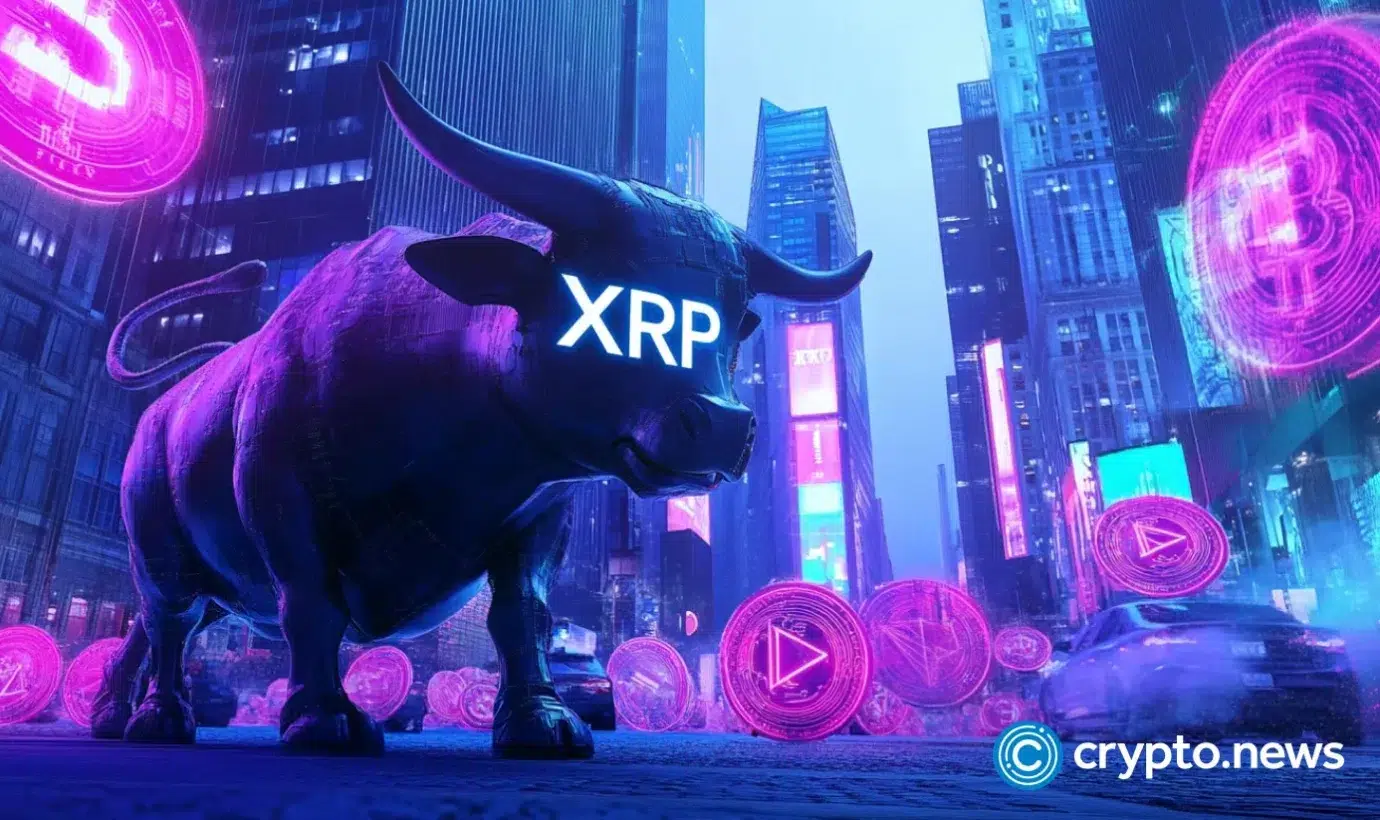The gap between token creation and token adoption is getting smaller — and the platforms developers choose are evolving to match that urgency. In 2024, most token launch tools were built for speed rather than scale. They allowed near-instant token deployment, but only on single chains, which quickly led to fragmentation, technical bottlenecks, and liquidity dead zones.
In 2025, the expectation has shifted. Developers and creators don’t just want to launch tokens quickly; they want to launch them across chains in a way that’s secure, liquid, and interoperable from the start.
That’s the approach powering the rise of XSwap, the AI-enabled cross-chain token creation platform that debuted its Token Creation Platform (TCP) at SmartCon 2025. Backed by Chainlink and deployed on Base, TCP is a no-code tool that lets anyone launch a fully interoperable token in seconds, a model that’s quickly earning attention among builders who are tired of choosing between ease, scalability, and security.
From “Launch Fast” to “Launch Without Limits”
Most first-generation token tools solved one problem: getting tokens deployed. But they didn’t address deployment beyond a single network. Tokens created on Ethereum stayed there. Tokens launched on Solana or Avalanche couldn’t reach builders or users on Base or Polygon without manual bridging, contract redeployment, or wrappers, all of which introduce risk, cost, and friction.
XSwap reverses that model. The platform’s TCP tool deploys tokens natively on Base, a low-cost Ethereum Layer-2 network backed by Coinbase, and then enables those tokens to move across other blockchains using Chainlink’s Cross-Chain Interoperability Protocol (CCIP).
That fusion of instant deployment and interoperable mobility turns token creation into a single, unified process rather than a multi-stage engineering task. And unlike traditional no-code platforms, XSwap’s design uses institutional-grade infrastructure already trusted by global banks, capital markets, and top DeFi protocols.
“Until now, token launches have been fragmented and limited to isolated ecosystems,” said CJ, CEO of XSwap, during the SmartCon 2025 unveiling. “With TCP, builders can launch and connect their tokens in minutes without needing to think about the technical details.”
The Token Creation Platform (TCP) was built to work without smart contract experience. A user sets up token parameters, symbol, supply, decimals, settings and clicks deploy. From there, the system handles everything else:
- Automatic deployment on Base
- Cross-chain connection via Chainlink CCIP
- Pre-built liquidity integration via the XSWAP token
- No code, no bridges, no redeployment scripts needed
For developers used to creating liquidity pools manually or launching token infrastructure on a per-chain basis, this workflow isn’t just fast; it eliminates repetitive backend work that slows down innovation and inflates cost.
For non-developers entering Web3, creators, product teams, even brands experimenting with tokenized systems, TCP removes the need for dedicated blockchain developers altogether.
This combination of access and interoperability positions XSwap in a different category from tools built solely for experimentation. Instead of minting isolated tokens, it enables the creation of tokens designed to live in a multi-chain economy from day one.
Rewarding Builders Not Just Deployers
Another differentiator is XSwap’s builder participation model. Every token deployed through TCP allocates 0.6% of future trading activity back to the creator, and projects that hit defined growth milestones may qualify for a $1,000 grant. This rewards projects that demonstrate real traction instead of penalizing early-stage experimentation.
It’s a shift away from the “pay to launch” model of older token tools and toward a sustainability-based structure that supports repeat creation, ongoing development, and network-level participation.
In a landscape where meme coins, social tokens, loyalty systems, and experimental DeFi assets are all competing for attention, this model signals a move toward infrastructure-driven activity not just hype-driven speculation.
What This Signals for Web3 Developers
With 350,000+ existing users and over $205M in cumulative cross-chain transaction volume already processed using XSwap’s infrastructure, TCP launches into a live ecosystem rather than an untested idea.
The launch reflects a broader industry shift: token creation is no longer the hard part. The real bottleneck is whether tokens can move, scale, and integrate without being rebuilt every time a new blockchain is involved.
XSwap’s emergence shows where the next wave of Web3 tooling is going: The platforms shaping the next phase of tokenization will be the ones designed for the way Web3 actually works: multi-chain, user-owned, and interoperable by default.
The token launch button is already here. Now it’s the chain-agnostic launch strategy that matters — and XSwap is becoming the tool builders are choosing to make that real.
Source: https://thenewscrypto.com/why-developers-are-turning-to-xswap-for-faster-cross-chain-token-deployment/


